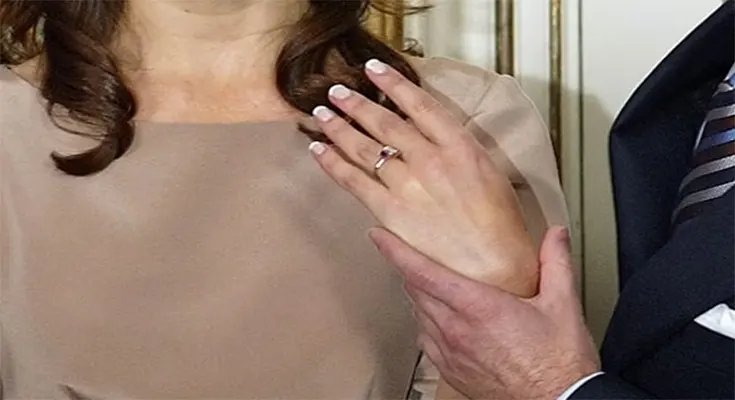Engagement rings have long been symbols of commitment, love, and tradition, but in the case of royal families, they carry an additional weight of social and political significance. Danish royal engagement rings are no exception, serving not only as tokens of personal affection but also as powerful reflections of the changing societal norms and political landscape. From the choice of ring design to the political implications surrounding their selection, the engagement rings worn by members of the Danish royal family offer a unique glimpse into the nation’s evolving social values and the monarchy’s relationship with the public.
The Danish royal engagement ring is a key element of royal life that transcends personal milestones. For centuries, royal marriages were not just personal unions but strategic political alliances. The engagement ring, in this context, is more than a mere piece of jewelry; it symbolizes the commitment of not only the individuals involved but also the countries they represent. In recent decades, however, the political and social role of royal engagement rings has shifted, reflecting the growing influence of personal choice and individual agency over traditional diplomatic maneuvering.
In the past, the engagement ring of a Danish royal often reflected the expectations of the monarchy and the aristocracy. The designs were typically lavish, featuring large diamonds and intricate settings that communicated power and wealth. These rings were often used to signal the merging of influential families, and the political weight of such unions was unquestioned. The Danish monarchy, like many others, maintained strict protocols on whom members could marry, ensuring that royal unions were more about diplomacy than personal affection.
However, in more recent years, Danish royal engagement rings have come to symbolize a shift in societal attitudes towards the monarchy. One of the most notable examples of this change is the engagement of Crown Prince Frederik to Mary Donaldson in 2003. Mary, an Australian commoner, was not from a noble lineage, and their union defied centuries of tradition. Crown Prince Frederik’s choice to propose with a simple yet elegant ring, featuring a sapphire, was a subtle yet powerful statement of the modern monarchy’s embrace of individual choice and love over political arrangements. This engagement ring, compared to those of earlier generations, represented a clear break from tradition and a nod to the evolving role of the Danish royal family in an increasingly democratic society.
The political implications of the Danish royal engagement rings extend beyond the immediate symbolism of the rings themselves. They also reflect broader societal shifts, particularly in the role of women and the changing expectations of royal marriages. In the past, royal women were often seen as pawns in political negotiations, with their marriages determined by the needs of the monarchy. The engagement rings of earlier generations were expressions of this role, often chosen to meet the expectations of their royal family and the political climate of the time. Today, however, engagement rings are more personal, reflecting the autonomy of the individuals involved. For instance, Crown Princess Mary’s engagement ring, designed to reflect her personal style, signaled a departure from these traditional roles and conveyed a sense of equality between her and Crown Prince Frederik.
Furthermore, the rise of non-traditional engagement rings, like those worn by the Danish royal family, mirrors the broader social change in Denmark towards inclusivity and modernity. The monarchy, once seen as a conservative institution, has evolved to embody a more progressive and inclusive image. The political significance of the engagement ring lies not only in its design but also in the choices that it represents—choices made by individuals rather than dictated by tradition or political alliances.
In conclusion, the evolution of Danish royal engagement rings offers a fascinating lens through which to examine the intersection of tradition, politics, and social change. From symbols of dynastic power to expressions of personal love and choice, these rings encapsulate the shifting values of the Danish monarchy and society. As Denmark continues to modernize, the royal engagement ring remains a potent symbol of the country’s progress, reflecting both individual freedoms and the broader transformation of the monarchy in the 21st century.

